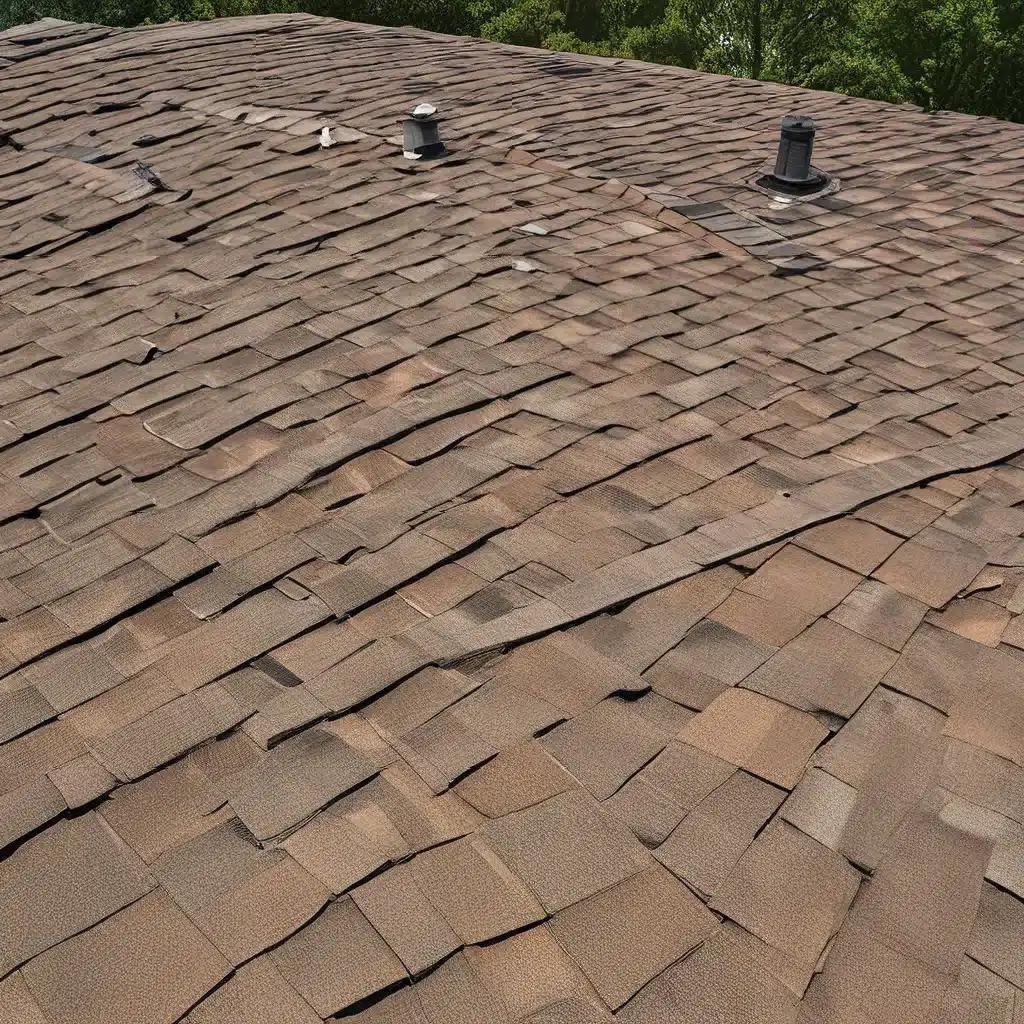
Understanding the Role of HOAs in Roof Replacements
As a homeowner, I know how daunting the process of replacing a roof can be. But when you’re part of a homeowner’s association (HOA), the challenges can seem even more overwhelming. These community organizations have a significant influence over the aesthetics and functionality of our neighborhoods, and roof replacements are no exception.
In my experience, HOAs often have strict guidelines when it comes to the types of roofing materials, colors, and even the overall design that homeowners are permitted to use. This is all in the name of maintaining a cohesive and visually appealing community. While I understand the reasoning behind these rules, navigating them can feel like a real headache, especially when your roof is in dire need of attention.
Decoding HOA Regulations for Roof Replacements
One of the first things I’ve learned is that HOA guidelines can vary widely from community to community. Some may be more lenient, allowing homeowners a decent amount of flexibility, while others can be downright rigid. In Bastrop, Texas, for example, the local HOA rules can have a significant impact on roof replacement projects, dictating everything from approved materials to color options.
It’s crucial to thoroughly review your HOA’s architectural guidelines before even considering a roof replacement. This information is usually readily available on the community’s website or through your HOA board. Pay close attention to the sections on roofing, as these will outline the specific requirements you’ll need to follow.
Navigating the HOA Approval Process
Once you’ve familiarized yourself with the HOA’s roofing rules, the next step is to submit your proposal for approval. This typically involves providing detailed plans and specifications for the new roof, including the materials, colors, and design. The HOA board or an appointed architectural committee will then review your application to ensure it aligns with their guidelines.
I’ve found that patience is key during this process, as it can sometimes take weeks or even months for the HOA to make a decision. It’s not uncommon for them to request revisions or additional information before granting their approval. Understand that this is their way of maintaining the community’s aesthetic standards, even if it feels like a slow and frustrating dance at times.
Choosing Roofing Materials that Satisfy HOA Requirements
One of the most challenging aspects of roof replacements in HOA communities is finding materials that not only meet the association’s requirements but also align with your personal preferences and budget. Synthetic roofing options like composite shingles or polymer tiles have become increasingly popular in these situations, as they offer a wide range of styles and colors while still providing the durability and longevity that HOAs often demand.
Synthetic roofs can also have the added benefit of energy efficiency, which can appeal to both homeowners and HOAs looking to promote sustainable practices. And let’s not forget the fire resistance – a crucial factor in areas prone to wildfires, like Bastrop, Texas.
Communicating with Your HOA and Insurance Company
Throughout the roof replacement process, effective communication with both your HOA and your insurance company is essential. When it comes to insurance, professional roofers can be invaluable allies, acting as advocates to ensure you receive the coverage you deserve. They can navigate the complexities of the claims process and work with the insurance adjuster to ensure a fair settlement.
As for the HOA, be prepared to engage in ongoing dialogue, addressing any concerns or questions they may have. It’s not uncommon for the approval process to involve multiple rounds of revisions and negotiations. Patience and a willingness to compromise can go a long way in keeping the project on track.
The Importance of Hiring a Reputable Roofer
No matter how well-versed you are in HOA regulations, attempting a roof replacement on your own is generally not recommended. Roofing is a highly specialized and dangerous profession, and unless you’re a licensed and experienced contractor, you could end up creating more problems than you solve.
Hiring a reputable roofing company that’s familiar with working within HOA guidelines is crucial. They’ll handle the necessary permits, coordinate with the insurance company, and ensure that the final product not only meets your needs but also satisfies the HOA’s standards. This can save you a significant amount of time, money, and stress in the long run.
Embracing the Process for Long-Term Benefits
I know it can be tempting to view the HOA approval process as a frustrating hurdle, but try to reframe it as an opportunity to enhance your home’s value and the overall appeal of your community. A well-executed roof replacement can increase your property’s market value, improve energy efficiency, and provide long-term protection against the elements.
By working closely with your HOA and a skilled roofing contractor, you can navigate this journey with a positive attitude and ultimately enjoy the benefits of a beautiful, functional, and compliant new roof. It may take some extra effort, but the end result is well worth it.